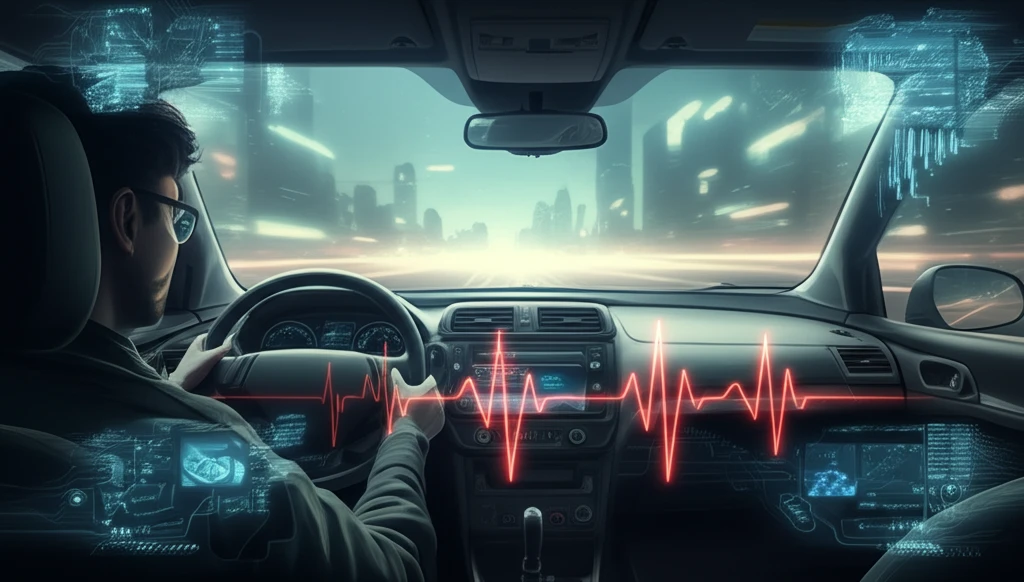
Driving into the Unknown: How Uncertainty Communication Can Save Lives on the Road
"Explore the cutting-edge research revealing how clear, real-time communication about automated system uncertainties dramatically improves driver safety and trust."
Self-driving cars promise a future of safer, more efficient transportation. However, a significant challenge remains: how do we ensure drivers understand and trust these systems, especially when they aren't perfect? A groundbreaking study published in Ergonomics sheds light on this crucial issue, demonstrating how clear communication of system uncertainties can dramatically improve driver performance and safety.
The research addresses a critical problem known as 'overtrust,' where drivers become too reliant on automation, failing to recognize its limitations. This can lead to disastrous consequences, particularly in emergency situations requiring quick human intervention. The study explores how dynamically communicating the uncertainties of automated driving systems impacts driver monitoring, trust, workload, and takeover performance.
Using a driving simulator, researchers investigated the effects of conveying system uncertainties through a unique visual interface: a stylized heartbeat combined with a numerical display. This innovative approach aimed to provide drivers with intuitive, real-time feedback on the system's reliability, allowing them to make more informed decisions. Let's dive into the key findings and explore how this research could shape the future of human-automation interaction in vehicles.
Why Clear Uncertainty Communication is a Game-Changer for Self-Driving Car Safety

The study's core finding is that communicating system uncertainties helps drivers calibrate their trust in automation. This means drivers are less likely to blindly rely on the system and more likely to pay attention to the road, especially when the system indicates a higher level of uncertainty. This improved trust calibration directly translates into safer takeovers during emergencies.
- Trust Calibration: Drivers develop a more appropriate level of trust in the automated system.
- Improved Monitoring: Drivers pay closer attention to the road and system status during periods of high uncertainty.
- Safer Takeovers: Drivers are better prepared to take control of the vehicle in emergency situations.
- Workload Management: Interface design is critical to prevent excessive workload and distraction.
The Road Ahead: Designing for Trust and Transparency in Autonomous Vehicles
The Ergonomics study provides valuable insights into the crucial role of uncertainty communication in self-driving cars. As autonomous technology continues to evolve, it's essential that designers prioritize transparency and trust. By creating intuitive interfaces that clearly convey system limitations, we can empower drivers to make informed decisions and ensure a safer future for all.
